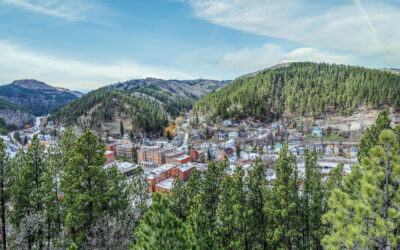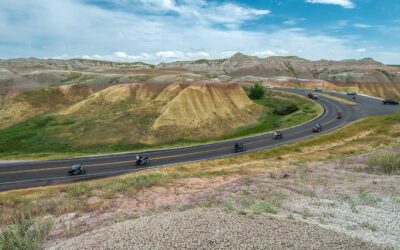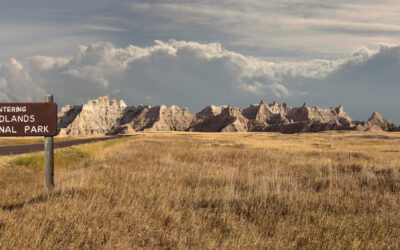The Crazy Horse Memorial, an awe-inspiring tribute to the Native American leader Crazy Horse, has been a work in progress since 1948. Carved into the granite face of South Dakota’s Black Hills, the monument represents a response to Mount Rushmore and a celebration of Native American heritage. Despite the slow pace of progress, the memorial’s grand vision continues to captivate visitors and honor the legacy of the Lakota warrior.
Key Takeaways
- The Crazy Horse Memorial was envisioned by Henry Standing Bear as a monument to Native American culture and in response to Mount Rushmore, symbolizing the spirit and resilience of the Sioux Nation.
- Although construction began in 1948, only Crazy Horse’s face has been completed after 50 years, with the memorial’s final dimensions set to dwarf those of Mount Rushmore.
- The project’s slow advancement raises questions about its completion, yet it remains a significant cultural and educational site, offering insights into Native American history and the life of Crazy Horse.
Carving a Legacy: The Crazy Horse Memorial
The Vision of Henry Standing Bear
In the heart of the Black Hills, a monumental tribute to Native American heritage is taking shape. The Crazy Horse Memorial, conceived by Lakota elder Henry Standing Bear, stands as a bold response to Mount Rushmore. Henry Standing Bear’s vision was to create a memorial that would counterbalance the narrative of Mount Rushmore, celebrating the history and culture of the indigenous people. The project began with a simple, yet powerful request to sculptor Korczak Ziolkowski: to craft a monument that would make the white world take notice.
A Monument Born from Mount Rushmore’s Shadow
Just 17 miles southwest of the iconic Mount Rushmore, the Crazy Horse Memorial emerges as a symbol of Native American resilience and pride. The colossal sculpture depicts the Lakota warrior, Crazy Horse, with a pointed finger leading the way forward. This unfinished masterpiece is not only a tourist attraction but also a non-profit project dedicated to preserving and presenting the stories of North American Indians.
The Ongoing Journey of Sculpting a Mountain
The creation of the Crazy Horse Memorial is a testament to perseverance and dedication. The world’s largest mountain carving in progress, it continues to evolve, with each blast and chisel stroke bringing the vision closer to reality. Visitors to the site can witness the transformation firsthand, adding a unique chapter to their South Dakota road trip. The journey of sculpting a mountain is long and arduous, but the end result promises to be a lasting legacy that honors the spirit of the Sioux Nation and their great leader, Crazy Horse.
The Crazy Horse Memorial is not just a sculpture, but a living tribute to the Lakota warrior and a center for Native American culture.
The Man Behind the Mountain: Remembering Crazy Horse
Who Was Crazy Horse?
Crazy Horse, the Oglala Lakota warrior, remains a figure of immense significance in Native American history. His leadership and valor during the 19th-century conflicts with the United States government symbolize the resistance and resilience of the Lakota people. Crazy Horse’s dedication to preserving his culture and land is what makes his legacy endure, inspiring the creation of the Crazy Horse Memorial.
The Symbolism of Crazy Horse’s Unfinished Statue
The Crazy Horse Memorial is more than just a mountain carving; it’s a symbol of Native American pride and a reminder of the injustices faced by indigenous peoples. The unfinished state of the monument speaks volumes, representing the ongoing struggle for recognition and rights. It’s a poignant reminder that the story of the Native American people is still being written.
A Glimpse into the Future: Will the Memorial Ever Be Complete?
Speculation surrounds the completion of the Crazy Horse Memorial. While progress continues, the project’s scale and the dedication to detail mean that a completion date remains uncertain. The memorial’s journey mirrors the broader narrative of Native American history—a testament to perseverance and the unwavering spirit of a people.
Frequently Asked Questions
What is the significance of the Crazy Horse Memorial?
The Crazy Horse Memorial is a testament to the spirit, courage, and culture of the Native American people, specifically honoring the Lakota warrior Crazy Horse. It serves both as a response to Mount Rushmore and as a center for Native American culture. The monument’s massive scale and ongoing construction symbolize the enduring legacy of the Native American heritage.
Has the Crazy Horse Memorial been completed?
No, the Crazy Horse Memorial has been under construction since June 3, 1948, and is far from finished. The only completed part is Crazy Horse’s face, unveiled in 1998. The project’s completion date is uncertain, and progress is slow, making it difficult to notice changes over the years.
How long does it take to visit the Crazy Horse Memorial?
Visitors should allocate at least two to four hours for a trip to the Crazy Horse Memorial. The visit includes watching a documentary that presents the history and construction of the monument, as well as insights into the life of Crazy Horse and the sculptor Korczak Ziolkowski.






